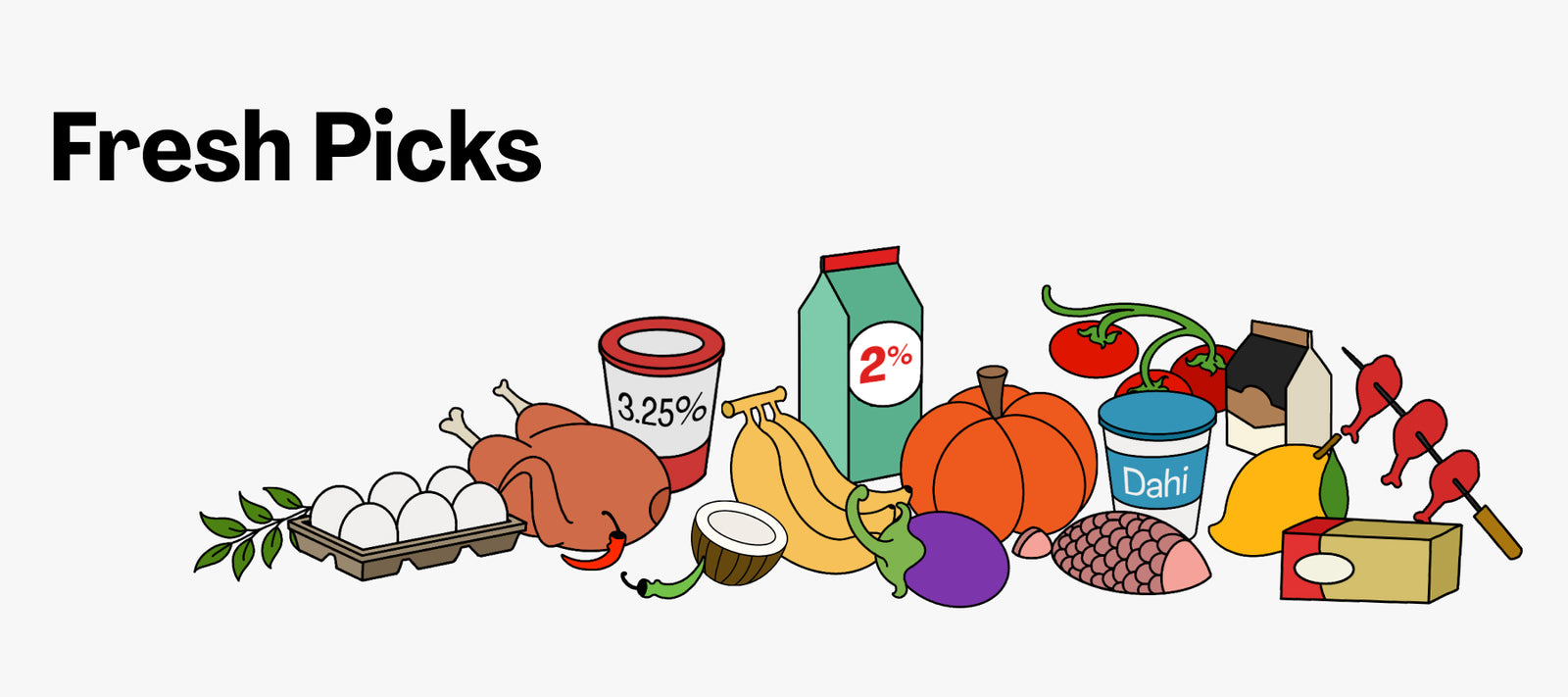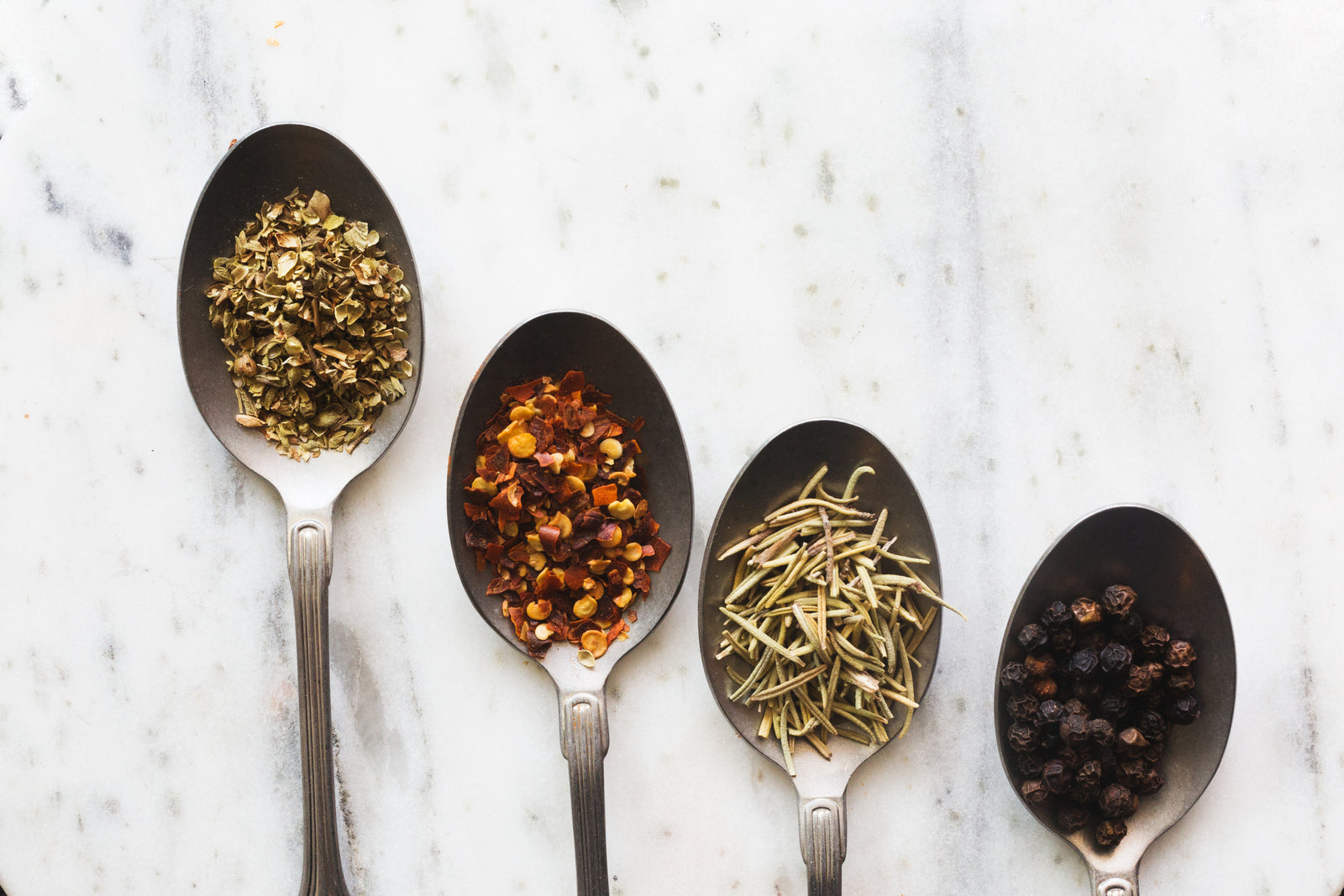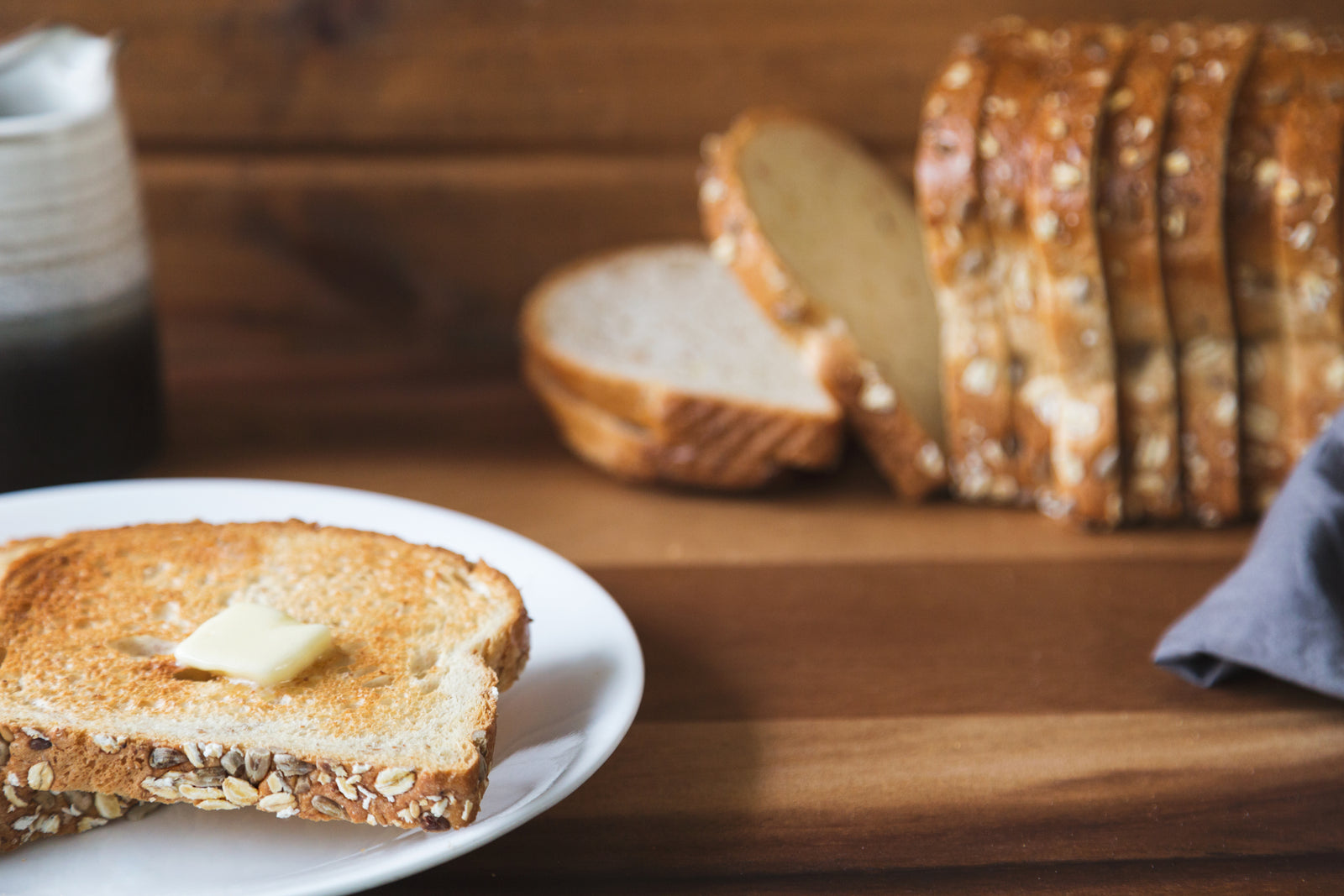Winter usually makes our body cold and for the same reason, we usually tend to get warmer by gulping and taking in comforting foods that bring a relaxing feel during cold nights. Generally, during this season it’s difficult to find fresh produce which in turn allows us to opt for classic spices also known as winter spices or pie spices to fill in the food we take with a kind of fresh fragrance that disguises the lack of fresh veggies.

Winter / Pie spices include ginger, cloves, fenugreek, turmeric, green cardamom, cinnamon and black pepper. Here at Cartly store, you can fulfil your warming sensations of winter comforting dishes while preparing your favourite food. Here we are keying up with a few ways to incorporate the winter spices into your cooking dishes to bring up a relaxing feel during the entire season of cold nights. Taking in and eating warming foods during winters can not only help in keeping you physically warmer but also psychologically comforted.
SPICE
Aren’t you tempted by the thought of having a hot cup of spicy tea, hot coffee or even a steaming bowl of cooked rice in vegetables with ghee or a warm bowl of vegetable soup in the winter evenings? Take a quick look at how to use these winter spices/heat-generating spices in your favourite dishes to keep you hold tight and warm this winter.
GREEN CARDAMOM
Cardamom is famous for its addition to preparing biryani to add that extra delicious aromatic flavour to the dish. Most people aren’t much into this spice while cooking the rice dishes but believe that it is one of the best spices in winter to comfort your body with warmth. The spice also helps in clearing the congestion from the air during the winter season. Cardamom is the primary central spice in Indian Cuisine used in a variety of sweets, curries and mainly in masala tea.

A warming flavour can be infused into the steamed rice or a bowl of boiled rice by just adding some cardamom pods which makes the dish aromatically delicious. The same can be done with a cup of warming tea by including a bit of saffron, sugar, tea leaves and a few pods of cardamom.
GINGER
Ginger grown in Asia is used in European countries that got influenced by cooking for millennia. Everyone out here is well aware of how mouth warming it is after having a bite of gingerbread or ginger cake. The sensation aftertaste is unexplainable. Commonly and widely ginger is used in cuisines across Asia including Indian, Thai and Chinese cooking prepared in different ways such as with fresh ginger, pickled ginger, roasted and dried. Popularly for the same reason and for its versatility, warming quality makes ginger one of the world’s favourite spices perfect for winter seasons.

CLOVES
A classic spice having a pungent but intensely sweet and bitter flavour is cloves. Like other winter spices, cloves are also great for both savoury and sweet dishes to compliment the dish with a kind of deliciousness. Using ginger with honey-roasted ham adds a great winter usage of the spice wherein the flavour of the cloves infuses with the sweetness of the honey and the meat saltiness to bridge the main flavour of the dish.

The ample amount of anti-inflammatory compounds present in cloves, help in handy situations of cough, sore throat, sinusitis and cold. A lot of people admit and also use clove oil to clear any blocked nasal passages since cloves have a cooling effect on the throat and nasal cavity.
FENUGREEK
Fenugreek is popular for its usage in different ways like as a herb, spice, medicine and also as food advised in many conditions such as high cholesterol, fever, asthma, digestive problems, diabetes, cancers, extreme swellings, impotence, mastitis and burns. Eating fenugreek in winters helps improve the body immunity and also protect the heart, other vital organs and the brain through its medicinal properties.

TURMERIC
Turmeric, also known as Haldi (in Hindi) is a daily used cooking spice after all. It is not possible to complete Indian Cuisine without using turmeric in their dishes preparation. Turmeric is a spice that can be used in different ways apart from being used in a healthy daily dose of our lives. Having a pinch of Haldi/turmeric in hot milk during the winter mornings and nights helps keep your throat away from soreness and helps in keeping the body warm from inside.

Turmeric improves the body immune system as using it regularly aids in stronger immunity by acting as a preventer of colds and coughs. Haldi also reduces joint inflammation by strengthening from within your body.
CINNAMON
Cinnamon has a very distinctive flavour often reserved to be used in sweet dishes such as cereals, cookies, desserts and cakes mostly in parts of America and India. The spice when added to vegetable curry dishes, compliments beautiful flavours that make it a great winter spice warming body from inside.

Cinnamon is the most flavourful of all the heat-generating spices. An instant warm sensation can be felt on your tongue when you bite a piece of cinnamon. A hot cup of cinnamon tea is also an option to brew. Cough, sore throat and arthritis were treated in medieval times by cinnamon usage due to their anti-oxidant properties.
BLACK PEPPER
Black Pepper has been included as a part of Ayurvedic medicines to cure cough, cold and boost up immunity naturally. A healthier alternative that goes easy on the stomach for red chilli powder is black pepper for people in the case who doesn’t like to use the former. A pinch of black pepper to any sabzi or curry you make not only elevates the flavour but also heats up the body warmth. Black pepper spice mixed with honey is used as a tonic all over Indian households to suppress natural cough.






